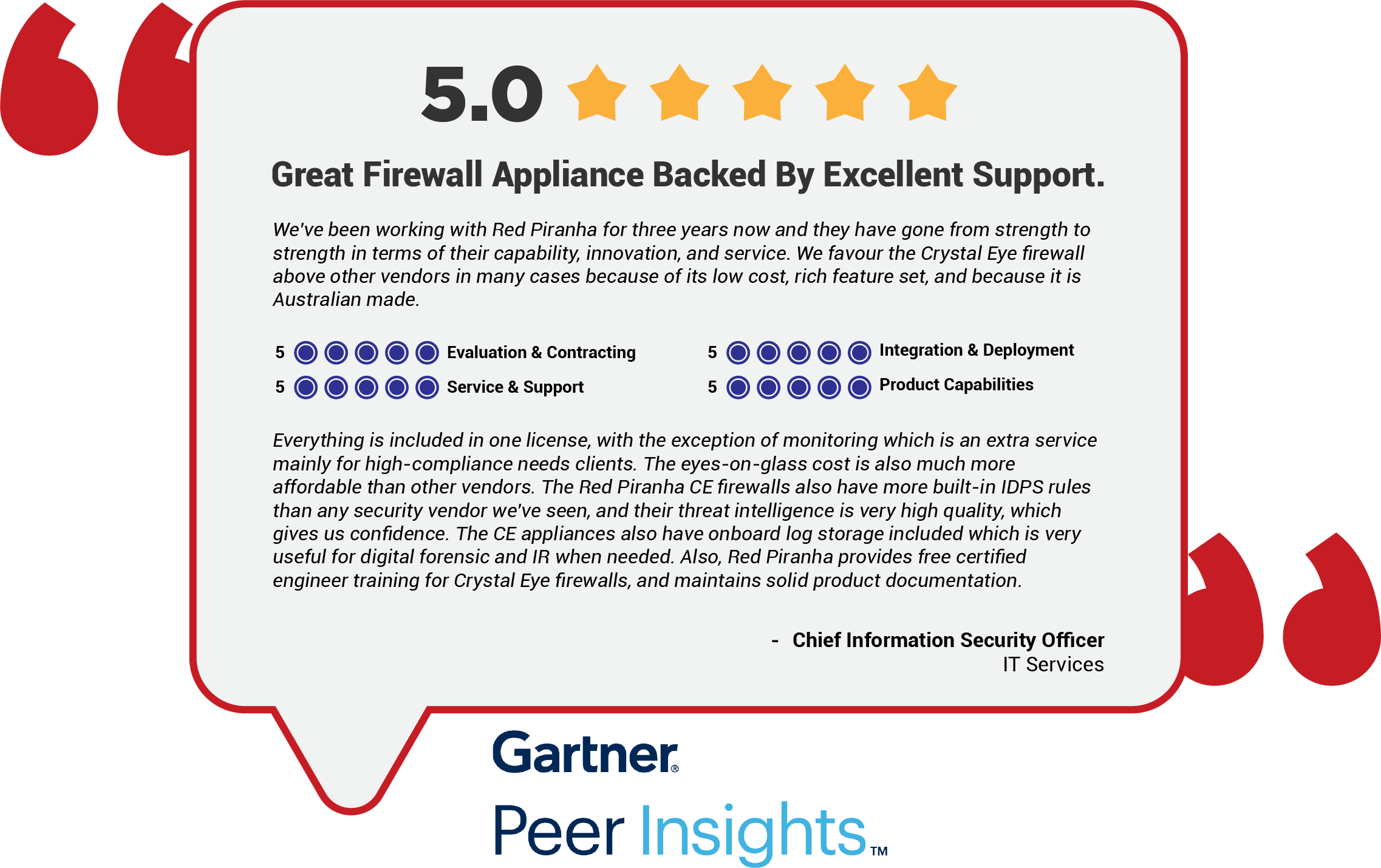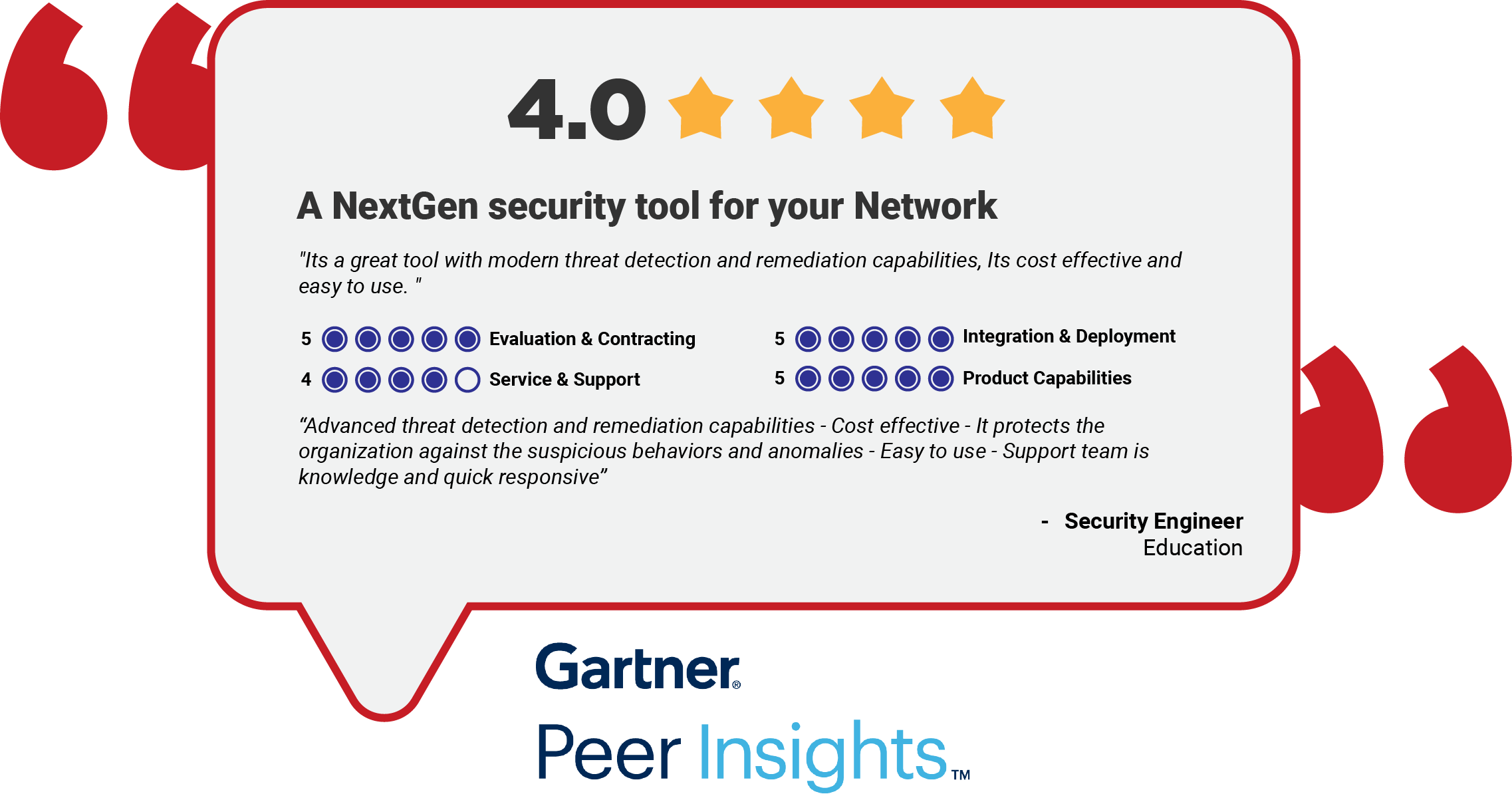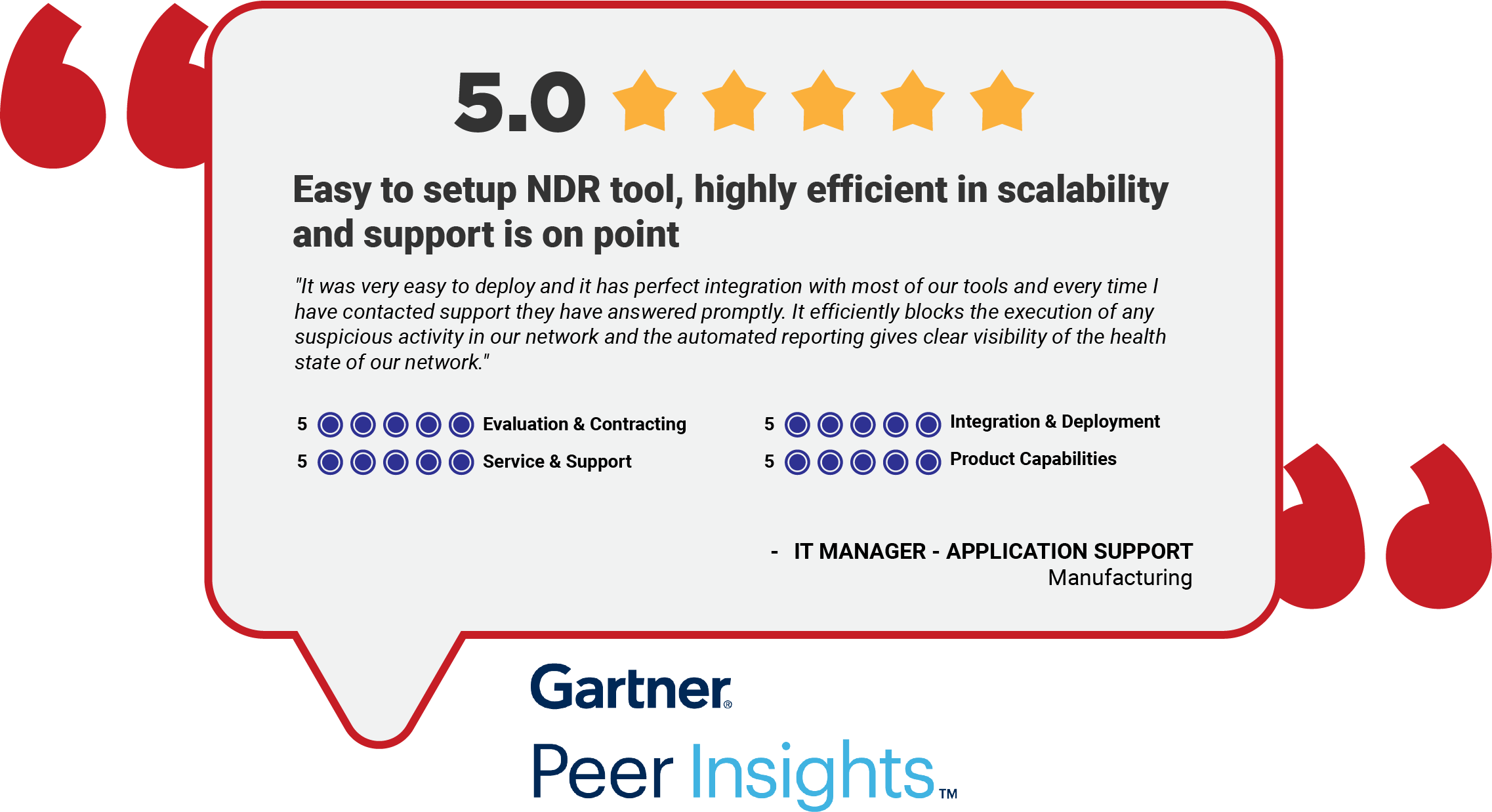
Threat Detection, Investigation and Response (TDIR)
Quickly and efficiently identify, assess and respond to all threats, with Red Piranha
With too many alerts and disparate systems to manage, poor tool implementation and the lack of resources,
it's tough for organisations to implement effective Threat Detection, Investigation and Response.
How Threat Detection, Investigation and Response helps your organisation?

Why Red Piranha's Threat Detection, Investigation and Response Program?
Threat Hunt Dashboard
With best-in-class Threat Detection Investigation and Response, effectively detect, correlate and respond to adversary activity on your networks including advanced lateral movement and other IOCs that are often left undetected.
Together with human-machine teaming and state-of-the-art technology, our clients get cohesive protection against advanced persistent threats (APTs) without the need for new specialist engineering teams, reducing the total cost of ownership for maximum security outcomes.
Red Piranha is Australia’s leading developer, manufacturer, and official member of Team Defence Australia for advanced cybersecurity solutions.
24x7x365 protection for your organisation.
Meet your compliance challenges.






